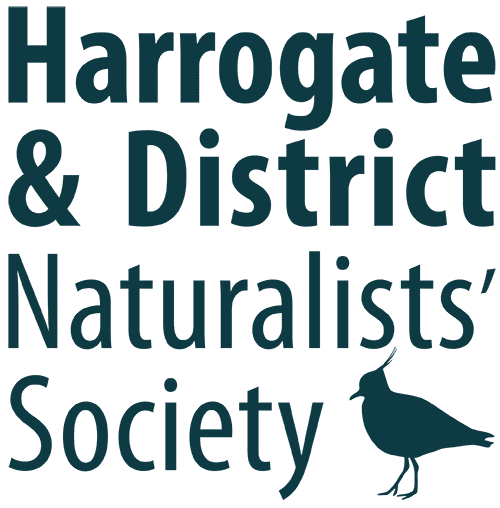[The following is an extended edition of the article by Jill Warwick in this Autumn’s newsletter.]
It has been a fantastic year for moth trapping so far, with many new species to add to the HDNS list. Moths have seemingly enjoyed the hot summer and some species have appeared in big numbers, with several expanding their ranges. There have so far been 14 new species of microlepidoptera recorded. These are the ones we are currently aware of as many records reach us later in the year. The first new species in March were Carpatolechia decorella at Ellington Banks and galls of Lampronia fuscatella on birch twigs at High Batts NR. There has been increased use of pheromone traps this year, not just for clearwings but for various species of tortrix moths. These often attract some unusual moths, not just the target species, and Pammene albuginana at Sawley, Pammene suspectana at several sites and Grapholita tenebrosana at Hutton Conyers, in May and June, were all new for our area. Heads of teasel are always worth inspecting early in the year. They normally contain larvae of Endothenia gentianaeana but this year some from Nosterfield NR contained larvae of the scarce Endothenia marginana which were bred through – another new moth for our area.
Stands of Tansy near the river at Sharow produced two different species of Dichrorampha, a tricky genus to identify – D. sedatana and D. petiverella had not been seen in our area before and are scarce species. Mompha miscella is an unusual species feeding on common rock-rose and most county records are from upper Wharfedale, however the food plant thrives at High Batts NR and larval mines were found at this site. Oegoconia quadripuncta has been expanding its range so it was no surprise that one turned up at Hutton Conyers in July, but less expected at this site were two much rarer species – Haplotinea insectella and Eucosma fulvana – both tricky beasts to identify and needing dissection. Another new micro was Phyllocnistis saligna which forms “snail track” mines on willow species, usually crack willow. Mines were found at Kirk Hammerton in August, near Hutton Conyers a week later and then an adult in the Hutton Conyers moth trap. This is another species rapidly expanding its range. The final new addition was Scrobipalpa ocellatella otherwise known as Beet Moth. This species used to be confined to the south of England, but this year a huge population explosion saw large numbers in more northern counties, and we had our first on 12th September.
The only new Macro species was Black Arches, an attractive moth which is moving north and west across the county. We have been hoping one would visit us for a few years, and one duly obliged at Hutton Conyers in August. Many other unusual species were recorded. The increased use of pheromones resulted in several new sites for Yellow-legged Clearwing – a species with only one old record in our area. There were also good numbers of Lunar Hornet Moths, Red-tipped and Currant Clearwings. It has also been a good year for migrant species, with numerous records of the day-flying Hummingbird Hawk-moth, whilst unusually, a Death’s-head Hawk Moth larva was found just inside our boundary near Middleton Quernhow. Other rarer migrants have included Small Mottled Willow, Vestal, both Bordered and Scarce Bordered Straw and there is still plenty of time for more unusual visitors to arrive.
Fletcher’s Pug was found at Hackfall Woods in 2020, new for Yorkshire, and two trapping sessions this year found an amazing 17. There are still no other known Yorkshire sites for this species. Devon Carpet, a recent colonist, has turned up in good numbers at several sites, and other moths expanding their ranges such as Maiden’s Blush and Small Blood-vein have done well.
Jill Warwick
